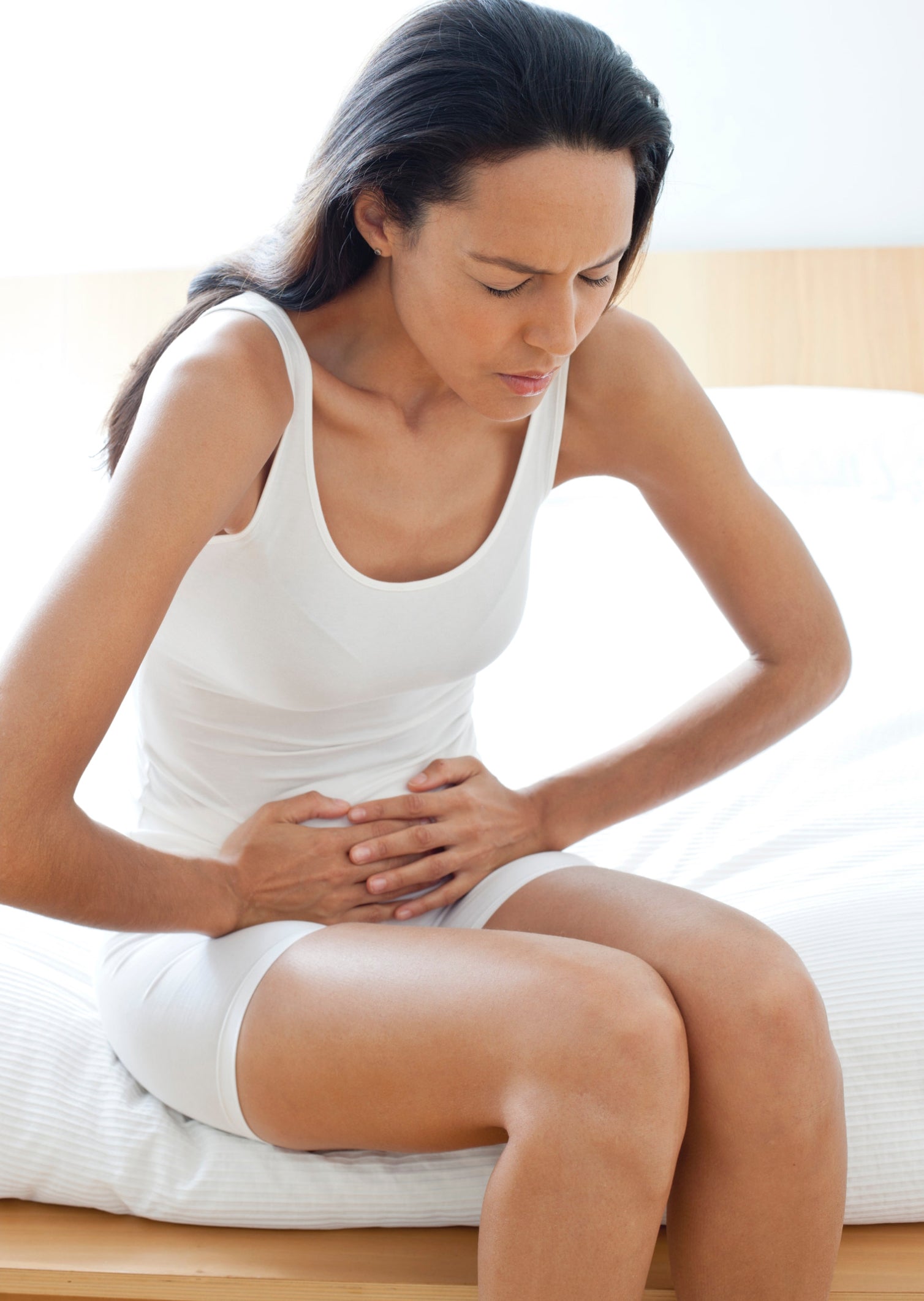Relaxation techniques such as deep breathing exercises, yoga, meditation and heat therapy can help to alleviate period pain by reducing stress levels and relaxing the body.
When the body is relaxed, the muscles of the uterus and surrounding areas may also relax, reducing the severity of menstrual cramps. It's important to note that while these techniques may be effective for some people, they may not work for everyone.
In addition to the relaxation techniques mentioned above, products such as heat therapy packs and pain relief creams may also be helpful in reducing period pain. The Soodox Period Heat Pack and Soodox Pain Relief Cream for Women are examples of products that may be used for this purpose.
Following are some relaxation techniques that may help with period pain include:
-
Deep breathing exercises: Taking deep, slow breaths can help calm the body and reduce stress and tension, which may help alleviate menstrual cramps.
-
Yoga: Gentle yoga stretches can help relax the body and relieve tension, which can potentially help ease menstrual cramps.
-
Meditation: Practicing meditation can help calm the mind and reduce stress levels, which may help alleviate period pain.
-
Warm baths or heating pads: Applying heat to the abdomen can help relax the muscles and reduce pain and discomfort associated with menstrual cramps.
- Soodox Period Heat Pack: Applying heat to abdominal area promotes blood flow and improves circulation which can help reduce pain, bloating and discomfort, especially for menstrual pain and cramps.
- Soodox Women's Pain Relief Cream: Apply Soodox Pain Relief Cream for Women liberally 3-4 times as day to affected areas as needed. For menstrual pain apply liberally twice a day to lower abdomen.
